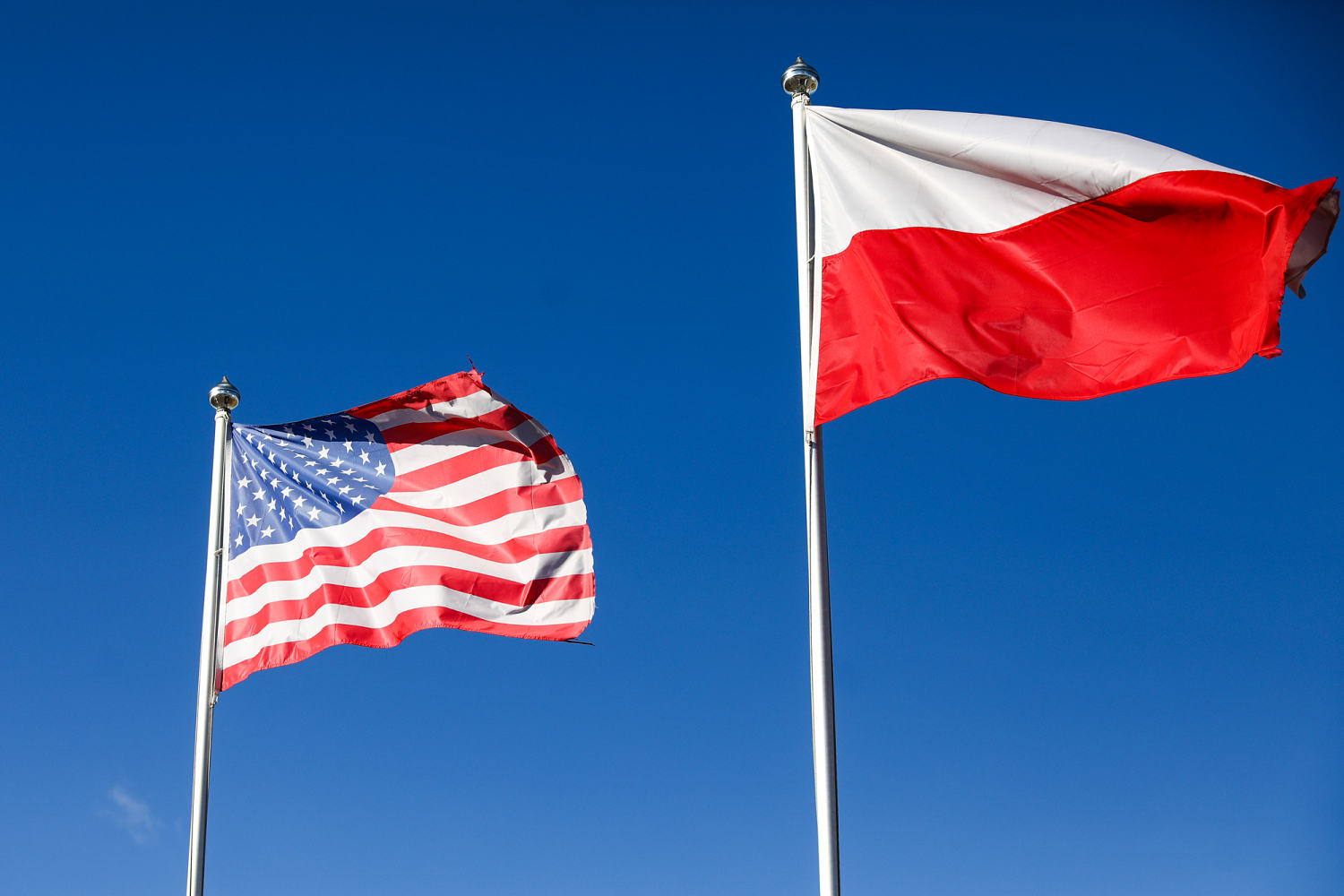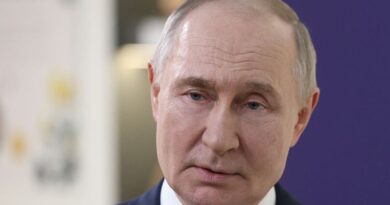Polish American voters seen as key to winning by both Harris and Trump

Polish American voters are having a moment.
Less than two weeks ago, Vice President Kamala Harris gave a surprise shoutout to the must-win group of voters in Pennsylvania during the presidential debate with former President Donald Trump.
“Why don’t you tell the 800,000 Polish Americans right here in Pennsylvania how quickly you would give up for the sake of favor and what you think is a friendship with what is known to be a dictator who would eat you for lunch?” Harris asked Trump.
Since then, the Harris campaign has held get-out-the-vote meetings with prominent Polish Americans, including former Rep. Tom Malinowski of New Jersey and Chicago lawyer Maureen Pikarski; launched a Polish-Americans for Harris Facebook page; and replaced President Joe Biden’s photo with hers on the already existing Polish-Americans for Biden page.
A Facebook ad aimed at Polish American voters made by Malinowski had initially appeared on the Polish-Americans for Biden page but now promises that Harris will defend both Poland and Ukraine from Russian aggression and features the Trumpeter of Krakow, an iconic symbol of Polish resistance to enemies from the east.
Meanwhile, Trump’s campaign told reporters he will make a pilgrimage this Sunday to the National Shrine of Our Lady of Czestochowa, a Catholic center north of Philadelphia that is revered by Polish Americans.
There, Trump was supposed to meet with Polish President Andrzej Duda, who was invited for the unveiling of a statue in honor of the Solidarity movement that helped topple the Soviet Union.
But the Trump campaign said Thursday the visit would not take place after all amid reports that Duda was delaying his trip to the U.S. to survey the damage from severe flooding that has ravaged southwestern Poland.
That Trump had planned to make a high-profile appearance to the shrine with Duda appears to have been a response to Harris’ debate gambit, said David James Jackson, a political science professor at Bowling Green State University in Ohio.
It also shows that both campaigns believe Polish Americans, who account for 5% of the population in Pennsylvania, could be key to winning a battleground state where polls show Harris and Trump in a super-close race, he said.
“The Polish American vote there is meaningful,” Jackson said. “A question I frequently get is whether there is even such a thing as a Polish American vote. Clearly the Harris and Trump campaigns think so.”
Jackson pointed out that Biden beat Trump in Pennsylvania in 2020 by just a little over 80,000 votes.
The efforts by Harris and Trump show “the candidates are clearly making a play for the Polish American vote,” said Dominik Stecula, an assistant professor of communications at Ohio State University.
“It makes sense,” he said. “The election will most likely be decided by voters in Pennsylvania, Michigan and Wisconsin, and these states have very large Polish American populations.”
Malinowski, a Polish-born Democratic former congressman, said their numbers may be small but they could be decisive.
“We’re talking about an election where a swing of a few thousand voters in any of those states could make all the difference,” Malinowski said.
While Polish Americans in Pennsylvania are somewhat more conservative than their ethnic brethren in other states, nationwide a majority of those voters supported Biden over Trump in 2020, Stecula said, citing statistics compiled by the Piast Institute, a Michigan-based organization that tracks Polish American voting.
“I don’t think Polish Americans are a shoo-in for Trump,” Stecula said.
Harris made her pitch for their vote at the debate when she accused Trump of cozying up to Russian leader Vladimir Putin and failing to support the Ukrainians.
Polish Americans strongly support the defense of Ukraine and view Putin as an existential threat to their ancestral homeland, Stecula and Jackson said.
“Her aim was to ignite concern for Polish independence, and she and her allies have put out some powerfully evocative ads that Polish Americans, whose ancestors came here four or five generations ago, will get,” Jackson said.
He said that the Trumpeter of Krakow sounding the alarm is an image that resonates with Polish Americans and that he could not recall having ever seen a presidential campaign ad that was so focused on them.
“Even during the height of the Cold War, I can’t think of an ad that was so Polish-focused,” he said.
The Harris campaign did not immediately respond to requests for comment.
Polish immigrants began arriving in the U.S. at the turn of the last century to work in coal mines. Those who ended up in Pennsylvania worked in places like Luzerne County in northeastern Pennsylvania, anchored by the city of Wilkes-Barre.
There, 1 in 6 residents identify as having Polish ancestry, according to the Census Bureau’s American Community Survey.
Harris is making a campaign stop in the area Friday. Many Polish Americans do not speak Polish and have never been to Poland, and they long ago moved to the suburbs from the tightly packed Polish neighborhoods that once predominated.
“They remain in many ways culturally Polish,” Jackson said. “Part of it is that most Poles here are Catholic, but it’s also evident in cultural things like taking pride in their Polish heritage, eating Polish food, things like that. It also makes them receptive to the message that the Russian invasion of Ukraine also endangers Polish independence.”





